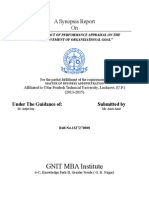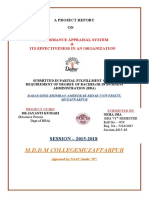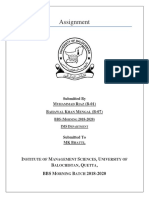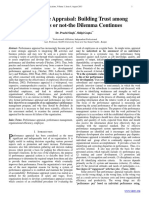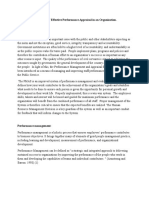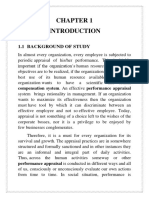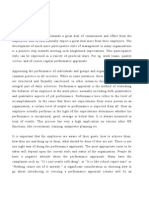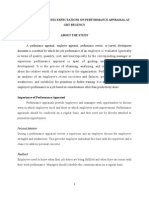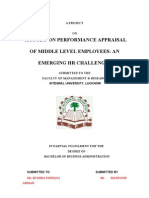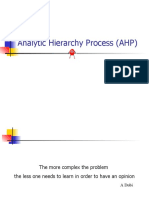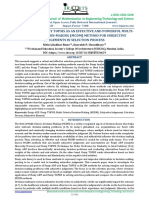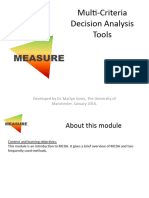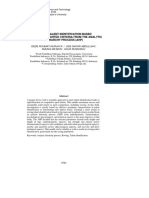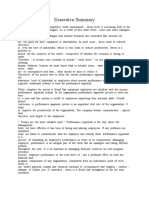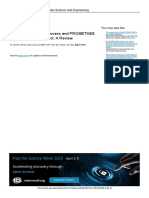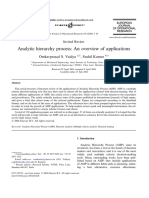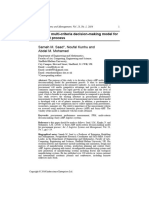0% found this document useful (0 votes)
73 views19 pagesStress and Performance Appraisal Insights
The document discusses performance appraisal in three main sections. It begins by defining performance appraisal as a formal system to evaluate an employee's current and past job performance against set standards. Next, it provides a brief history of performance appraisal, tracing its origins to early 20th century studies but noting it became a distinct management practice after World War II. Finally, it outlines some key characteristics of performance appraisal, including that it is a systematic, ongoing process to examine employee strengths and weaknesses.
Uploaded by
Jaydeep sasteCopyright
© © All Rights Reserved
We take content rights seriously. If you suspect this is your content, claim it here.
Available Formats
Download as DOCX, PDF, TXT or read online on Scribd
0% found this document useful (0 votes)
73 views19 pagesStress and Performance Appraisal Insights
The document discusses performance appraisal in three main sections. It begins by defining performance appraisal as a formal system to evaluate an employee's current and past job performance against set standards. Next, it provides a brief history of performance appraisal, tracing its origins to early 20th century studies but noting it became a distinct management practice after World War II. Finally, it outlines some key characteristics of performance appraisal, including that it is a systematic, ongoing process to examine employee strengths and weaknesses.
Uploaded by
Jaydeep sasteCopyright
© © All Rights Reserved
We take content rights seriously. If you suspect this is your content, claim it here.
Available Formats
Download as DOCX, PDF, TXT or read online on Scribd
/ 19








